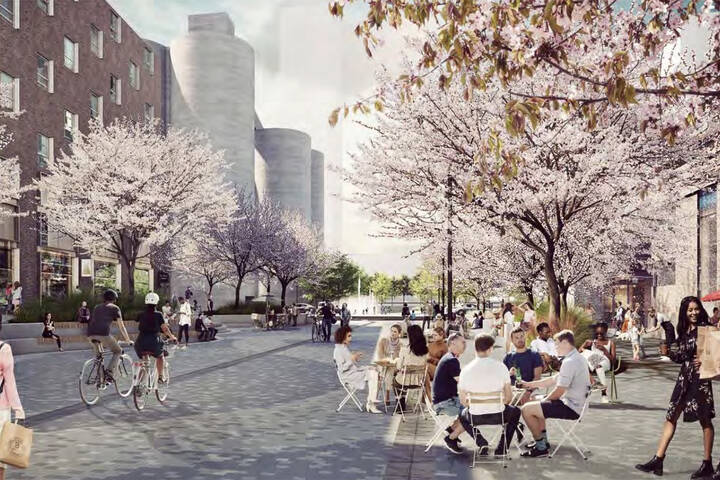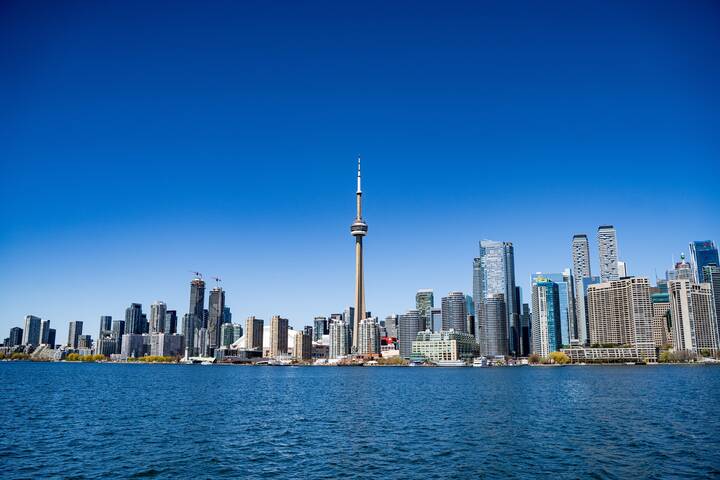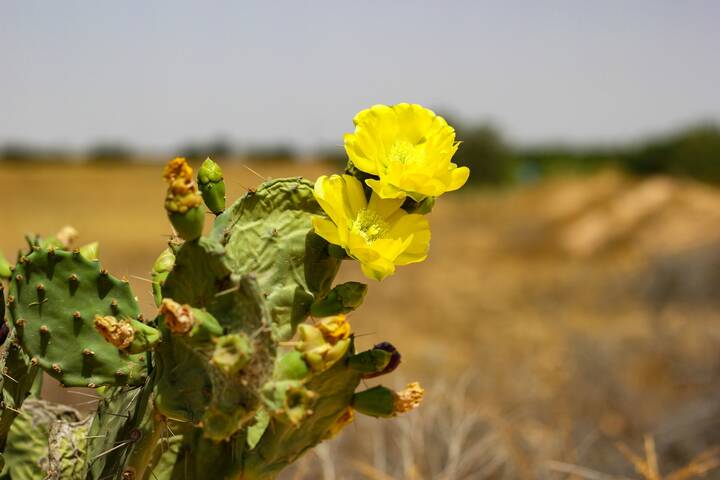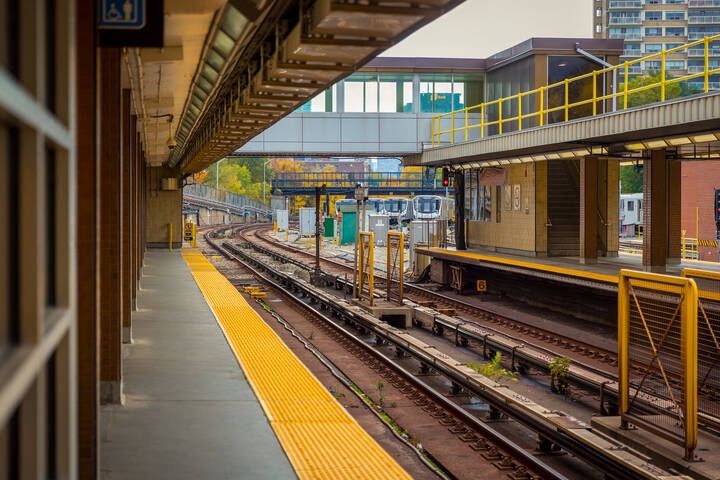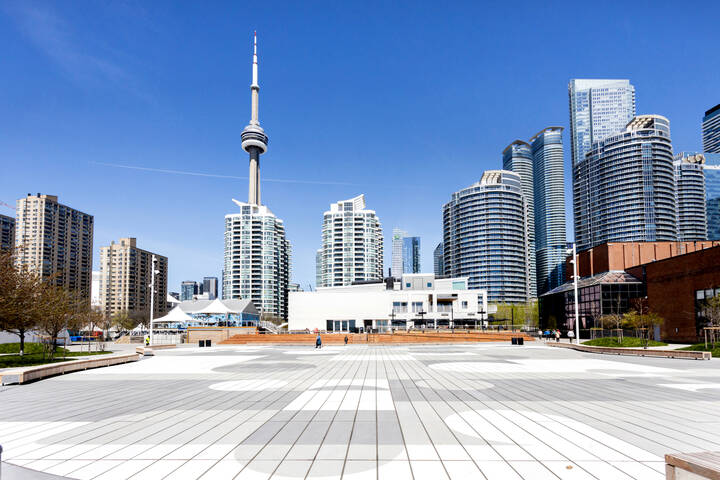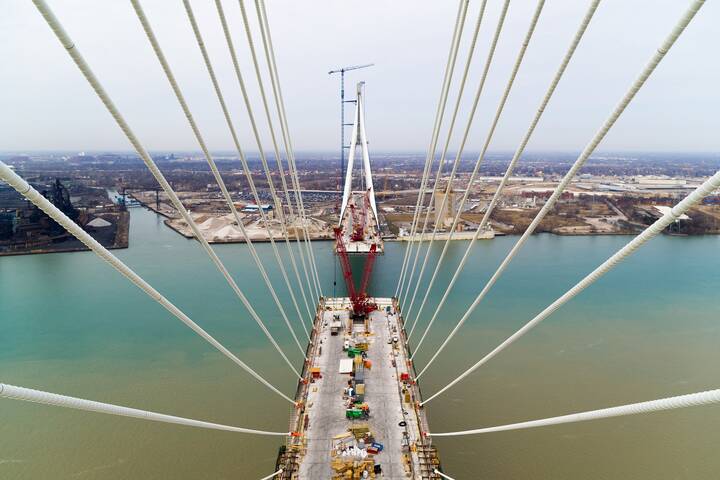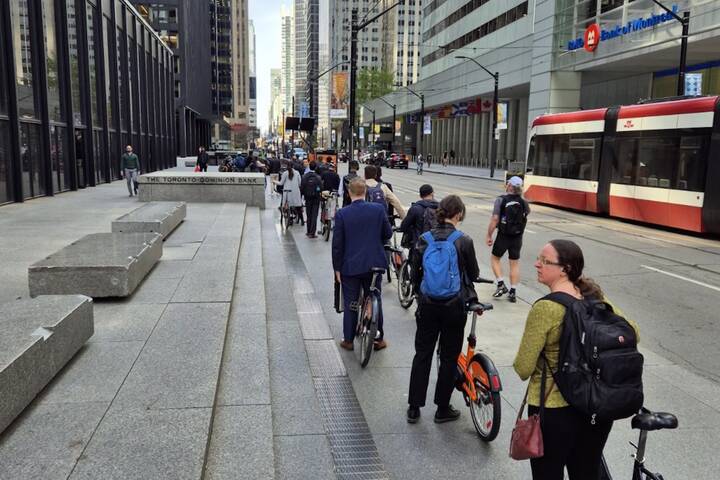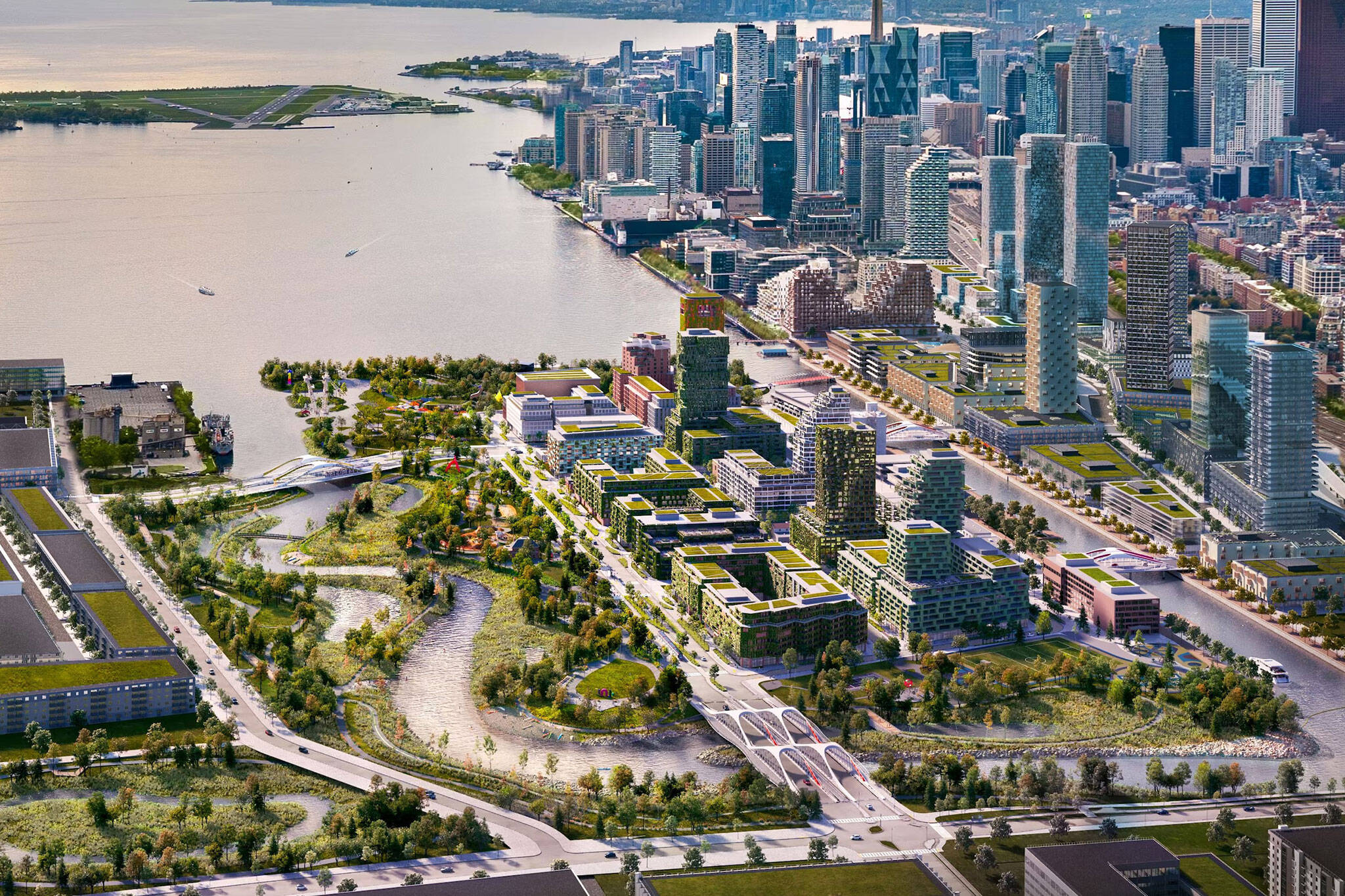
How Toronto's new artificial island will be transformed into a neighbourhood
The artificial Villiers Island will soon come into existence when the newly-formed Don River mouth is flooded, but there is still a long way to go for this crown jewel in Toronto's $1.3 billion Port Lands Flood Protection Project (PLFP).
Once water finally flows into the serpentine river valley, this enormous undertaking to renaturalize the Don River's mouth will eliminate a vast floodplain and unlock 240 hectares of barren post-industrial lands for new development.
Villers Island is slated to be the first land redeveloped in this re-shaped Port Lands area — but how do you turn an underused wasteland into an island, and then further transform it into a neighbourhood?
First, the new river course was gradually etched around the east and south of the island, with the existing Keating Channel to the north and Toronto Harbour to the west forming the island's boundaries.
Infrastructure came next, including the installation of a series of new bridges.
The newly-opened Cherry Street North Bridge spanning the Keating Channel and the Commissioners Street Bridge crossing the still-dry river each link the island to the mainland, while the Cherry Street South Bridge connects the island with destinations like Polson Pier and Cherry Beach to the south.
These bridges include utility lines that will serve the new grid of roads set to populate the island and will act as the foundation for an evolving urban plan for the area.
Other infrastructure is set to come later down the line, like the planned Waterfront East Light Rail Transit route, which will link Union Station to Villiers Island along Queens Quay East and the newly realigned Cherry Street.
In a Fall 2023 blog post, Waterfront Toronto updated the public on plans for the new neighbourhood, including increases to the densities proposed in a 2017 precinct plan.
Many other aspects of that 2017 plan remain, like Waterfront Toronto's commitment to support the community with adequate facilities from the get-go, including a school, community centre, and recreational facility planned on the island.
There is still more to building a community than laying down some streets and public amenities. Villiers Island will be more than just a grid to plop down more buildings, and is planned to offer a varied mix of housing, retail, service, and commercial uses.
Among the planned housing, the City, CreateTO, and Waterfront Toronto have a strategy that calls for a minimum of 20 per cent and a target of 30 per cent of the total homes built on Villiers Island's public lands to be affordable units.
Developers for the buildings that will populate Villiers Island have not yet been selected, though Waterfront Toronto has stated that the builder will be chosen through a "competitive process where proponents will bring forth their vision for sites within the island."
Once selected, proponents will then be required to submit their proposals to Waterfront Toronto's Design Review Panel for further refinement.
Housing, retail, and commercial uses would be complemented by a planned network of public spaces, including 25 hectares of stunning parks and greenspace lining the river valley. In addition, the plan includes some impressive public spaces, like an envisioned square at the base of the existing silos located at the northwest corner of the future island.
Waterfront Toronto
Latest Videos
Latest Videos
Join the conversation Load comments

